
OR
‘I can’t breathe’ is the cry of a Nepali-American too
Published On: June 19, 2020 12:45 PM NPT By: Mukesh Baral

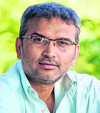
Mukesh Baral
The author is Cofounder at Advocacy for Refugee and Immigrant Services for Empowerment (ARISE), a nonprofit organization based in Massachusettsmukeshbaral@yahoo.com
I have been called a terrorist, asked to go back to where I came from, accused of not fitting in an office culture, pulled over by a police officer without a reason.
The streets of the United States of America are swollen with protesters. “I can’t breathe” has become a rallying cry for the Black Lives Matter movement. The #BlackLivesMatter movement started with a murder of Trevon Martin, a 17 year old kid in 2012 in Florida. “I can’t breathe” was hastagged extensively after the murder of Eric Garner in 2014 at the police chokehold in NY. When the murder of George Floyd’s video surfaced, Floyd’s last words on a chokehold of Minneapolis police were: “I can’t breathe.” It has now become a uniting voice against police brutality and racial injustices in the United States, Europe, and other places awoken by the movement.
My real brush with racism started as soon as I entered America. I have been called a terrorist (because the gentleman was annoyed with my mere presence and perceived me as one), have been asked to go back to where I came from (because my face gives me away as an immigrant), have been accused of not fitting in an office culture (because I declined approving unreasonable collective stances), have been pulled over by a police officer without a reason (because I fit the criteria and probably the color of my skin makes me deserving of unwanted harsh treatment), thrown out of an Apple retail store for standing up for my rights (because Asians demanding fair treatment should be put on our places). The list is interesting and varied. I bet my experiences are not unique. All people of color, immigrants, have gone through these humiliating, disturbing, and dehumanizing experiences, even though very few openly share them or confront them. I have responded to those stereotypes head on. I have taken a police officer who profiled me to the court, filed a complaint on a corporation for racism at the Attorney General's office, and called out discrimination as it happens. And every other day I happily use an opportunity to educate people who do not assign value to people who are different. It’s rewarding. Getting profiled is the least of my concern. Thanks to these varied incidents—I have dealt with my underlying anxiety around dealing with racism.
Rescuing juveniles who are falling through the cracks created by discriminatory policies or those who have entered into the more serious “school to prison pipeline,” is part of my job. So, I have seen the ugly head racism raises every time it gets a chance. I have not experienced what it is to be black in America. But I have seen it closely. Wearing a social justice lens and skimming pages after pages of assessments and court documents on juvenile matters, I see it through. Injecting the voice of justice for the voiceless into the core of the systematic discriminatory structures and calling people for discriminatory practices is not easy. But the fight with those who want to keep the status quo is rewarding. For a social justice advocate like me, predominantly working with juveniles of color—because injustice is built in into the system— racism is an everyday story. I have seen the system unleashing the power of school suspension, police involvement, and unnecessary arrests of people of color and ethnic minorities every other day. As a staunch supporter of the “Black Lives Matter” movement, long before it was cool to be supporting the movement, I empathized with black young men in America.
Numbers don’t lie
I know I have to cite numbers to people who do not understand the in-depth structural racism in America. So here we go. Black people are two and half times more likely to die at the hands of police than whites according to the police shooting database published in August last year. The blacker the town, the higher the likelihood of getting killed by police according to the study done by Boston University published last year. That means the town or city with black demographics is not only systematically spending more money in policing rather than on social services like the white suburbs, but are using the force disproportionately. Otherwise there is no way that blacks who are barely 13 percent of the US population will have 1/4 of shooting victims.
Here is the one that asserts my point of structural racism. Analyzing the 95 million police stops throughout the United States, a study released this year found that black drivers were pulled over during the day more than at night and a lot more compared to the white drivers during the day but not by much during the night. The night that hid all faces without discrimination including the black drivers sheds light on the structural racism of police department throughout the country. The point is racism is built into the system and the police department is explicitly and implicitly using it for the advantage of those who want to keep the status quo.
Yet, when we talk about racism, it’s difficult to find anyone who thinks he/she is racist. Because racism has been institutionalized. “When a racial group’s collective prejudice is backed by the power of legal authority and institutional control, it is transformed into Racism, a far reaching system that functions independently…,” writes Robin Deangelo in her book White Fragility. Deangelo further argues, “...it becomes the default of the society and is reproduced automatically.” That explains why it is difficult for people to identify as racist. After all, the system that we are programmed into has normalized it.
Enslaved by whiteness
Nepalis were never ruled by the British, but they left an indelible imprint of inferiority complex in our heads. Anything white/ fair is perceived as beautiful. We come from a culture where girls bleach their skin because the patriotic society has been selling the notion that daughter-in-laws with light skins are more beautiful than those with the darker shed.
‘Fair and lovely’ is the cultural cream of patriarchy. That’s the mindset we grow up into. People with darker shed are presented in movies as demons. Or shall we say, to fit into the demon role, you must undo the bleaching and add some shed of darkness. That’s the cultural mindset of Nepalis. Why would they change just because they migrated to the US?
I absolutely dislike friends and family who call my girl fair and therefore beautiful emphasizing her skin tone and completely ignoring the intrinsic internal qualities of a beautiful girl she is. That’s undercutting our definition of beautiful we want her to take in. My daughter is going to understand that statement as “oh, my white friends are more beautiful than me.” We already have had a conversation on why black hair is beautiful too. I absolutely don’t want my daughter to grow up around these people and get this underlying notion that the more you bleach the more you get beautiful.
I personally know Nepali Americans who still feel like they have climbed one notch up on the socio-economic ladder by inviting whites in their gatherings. It almost feels like having white Americans in parties is a status symbol for some. It tells a lot about the person’s racism. I have heard people say: “I thought his friend was American, but he turned out to be Black.” The idea that American identity does not encompass blacks is like puking ignorant, to say the least. But this ignorance is real.
Robin Diangelo in White Fragility discusses it as “the collapse of whiteness as National identity.” That is exactly why South Asians, who landed in America yesterday, speak of black people like they have digested the handbook of White Supremacist overnight. I am not only talking about those who are uneducated, the educated treat blacks almost the same way. Even the Nepalis in American colleges do not find blacks worth befriending. Despite their American History classes, they don’t understand that we Nepali Americans compared to blacks have negligent, close to zero, contributions to making America what it is today. We forget that black has been the backbone of American economic power for centuries. And still, we are victimizing blacks and acting as if they are not the survivors but the perpetrators. We have failed to understand the structural racism and discriminatory policing, impacting black people and have hardly cared to understand what blacks have been living through. That sounds eerily similar to some other demographic which has no compassion for black lives.
Racism in Nepali-American society
Most Nepali Americans fail to understand why ‘Black Lives Matter’ brings so much emotion, empathy, and momentum in America. And I use every opportunity to raise red flags on the comments they make in social media posts.
We don’t really understand the African-American struggle. When black people are shot by police, I have heard Nepali Americans trying to justify the police actions rather than denouncing the excessive use of force. “He had stolen a soda can from a store, he did not raise his hands up when instructed, he was smoking weed, and this latest one—he had given a 20 dollar fake bill to a cashier....” As if all these actions, even if true, have to be met with a bullet. We justify our racism against blacks by pulling off anything. We are judgmental. We use the white cultural lenses and ignore most of the killing that is under our noses. Our compassion rarely gets extended to blacks.
The stigma against blacks is such that Nepali Americans easily discard the concerns around violence on black people. “You DON'T know Blacks, he must have done something bad, why would the police shoot him if he was innocent?” is the most common response I have heard. We justify the police violence without even considering understanding the details. It’s ingrained. Somehow we are sold to believe that blacks deserve it. We have accepted the larger narrative that is being churned out by systems created by White Americans in power. I have met Asians, including Nepalis, who don’t even consider black lives issues worth discussing. The silence is eerily similar to those who have benefited by violating the bodies of black people.
George Floyd was pinned down on the ground with a police knee on his neck for eight minutes and 46 seconds. That’s 26 seconds more time than the ray of the sun takes to reach the earth’s surface. I am just trying to show the sense of time, and half of that time people were pleading the knee to get off the neck. But, the dam knee had an operating head, which was racially motivated. But still, segments of Brown and White America don’t see that. That’s how racism seeps into heads and becomes structural.
Even the White House struggles with the idea that Black Lives Matter—the same White House that was built by the blood and tears of the blacks. Trump has called protesters “thugs” citing few violent protestors but continuously claims that it’s just a few “bad apples” when referring to every other day’s police atrocities and murders of blacks in America. Comparing those two statements he has made is enough to see who he is. He knows denying that the problem exists is the best response to those who want to highlight that it is systematic. He does not want to change the power structure.
Be it Amy Cooper, the White woman in NY who used the system to call the police on a black bird watcher to remind us that the police works for people like her, or Derek Chauvin, the police officer who sat on the neck of George Floyd to prove that the system works for him, they are aware that they are protected by the system. And this system is not just limited within the police. It’s everywhere—from Wall Street to Main Street, from the government to the private sectors. That’s why people are literally finding difficulty breathing. That’s why I can’t breathe is a movement. It’s time for Nepali-Americans to recognize our racism and biases and correct our stances. I can’t breathe is not just an African-American rallying cry, it is the cry of a Nepali-American too. Sooner we realize that, the better we can breathe.
mukeshbaral@yahoo.com
You May Like This

Tornadoes hit Tennessee, killing at least 19 people
NASHVILLE, UNITED STATES, March 3: Tornadoes ripped across Tennessee early Tuesday, shredding at least 40 buildings and killing at least... Read More...
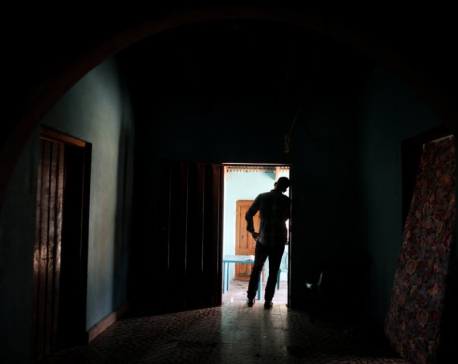
United States of America held 70,000 migrant migrant kids in custody in 2019
COMAYAGUA, HONDURAS, Nov 12: The 3-year-old girl traveled for weeks cradled in her father’s arms, as he set out to seek... Read More...

Exploring America
I got this rare opportunity to travel around the United States of America with Dr Baburam Bhattarai. The journey covered... Read More...


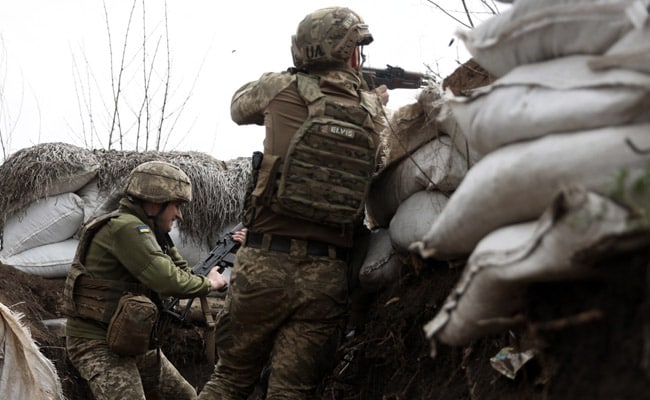

Just In
- Captain Paudel scores half-century in T20 match against West Indies 'A'
- Nine youths from Tanahu allegedly joining Russian army out of family contact for months
- West Indies 'A' sets Nepal a target of 205 runs
- Parliamentary committee directs govt to provide electricity tariff subsidies to cold storage facilities
- Former DoTM employee Bhatta arrested in connection with illegal license issuance case
- One killed in a fire incident in Dadeldhura
- JSP Central Executive Committee meeting being held today to discuss national convention representative election guidelines
- KMC adjust office hours, services now start at 9AM







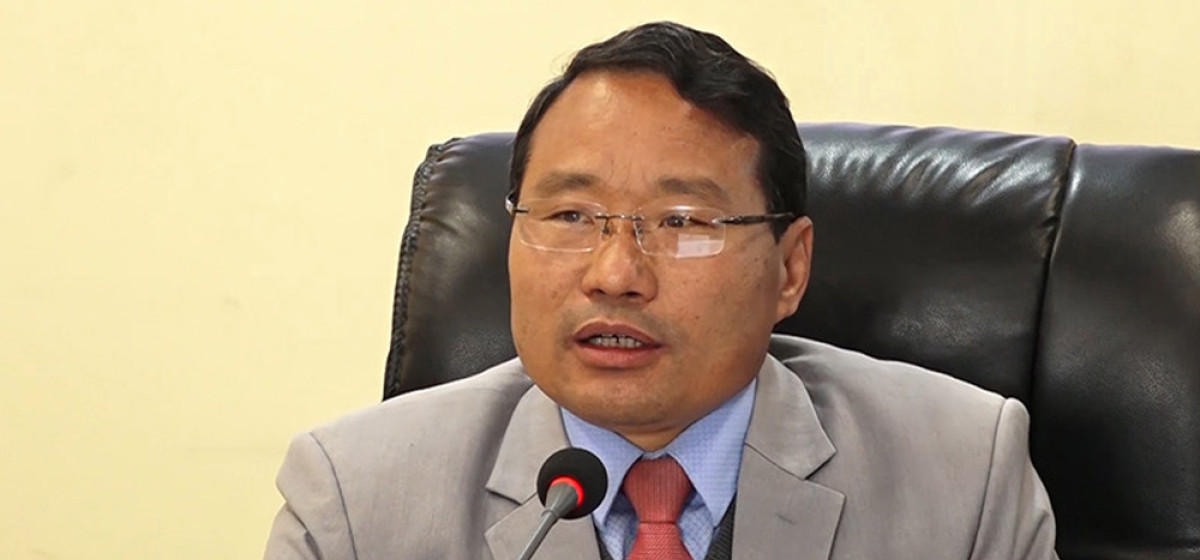

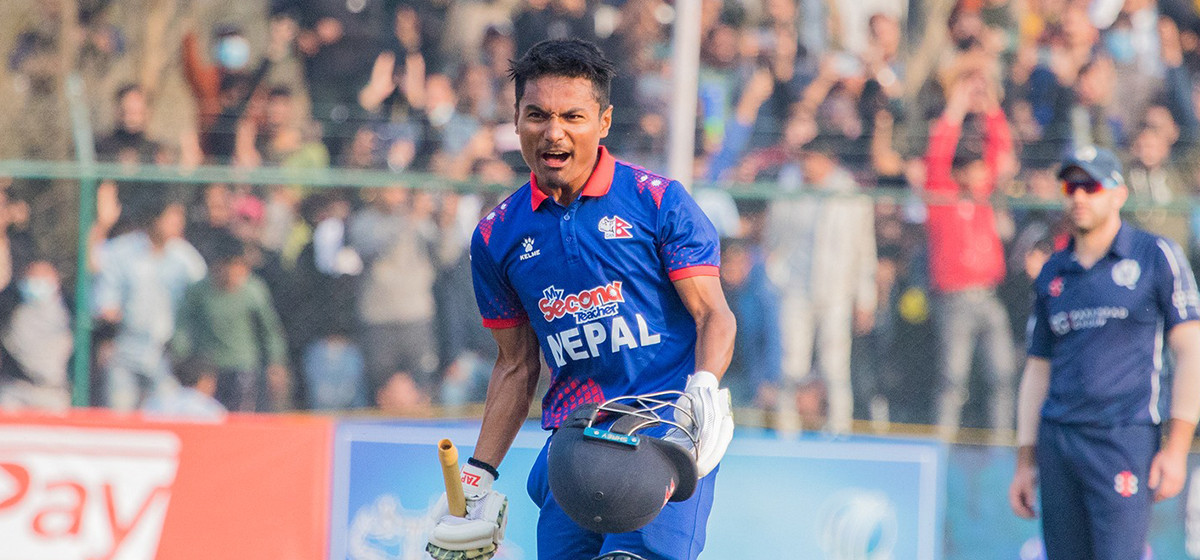

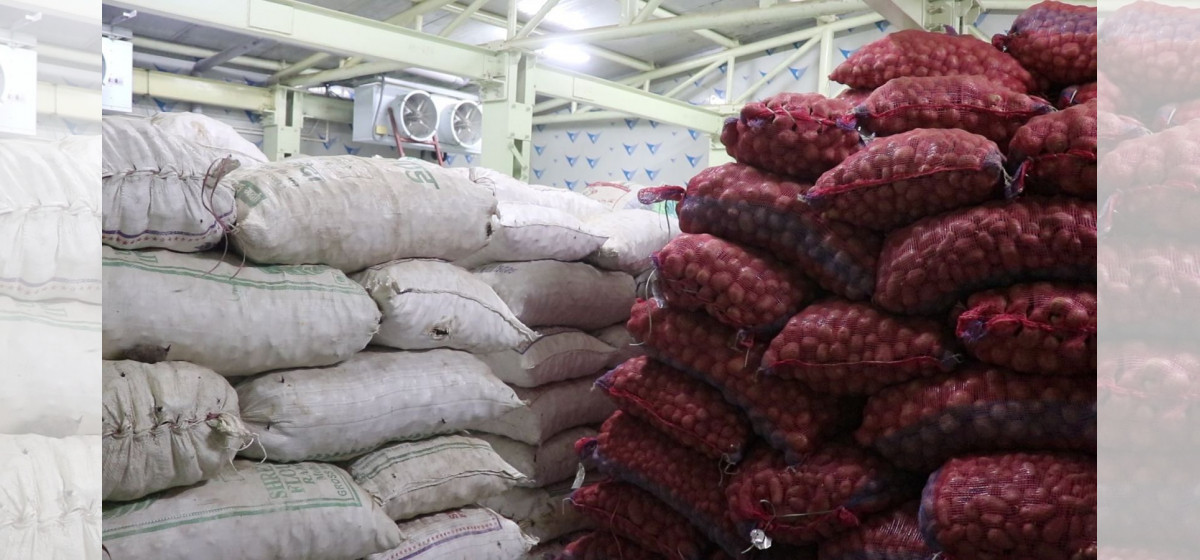
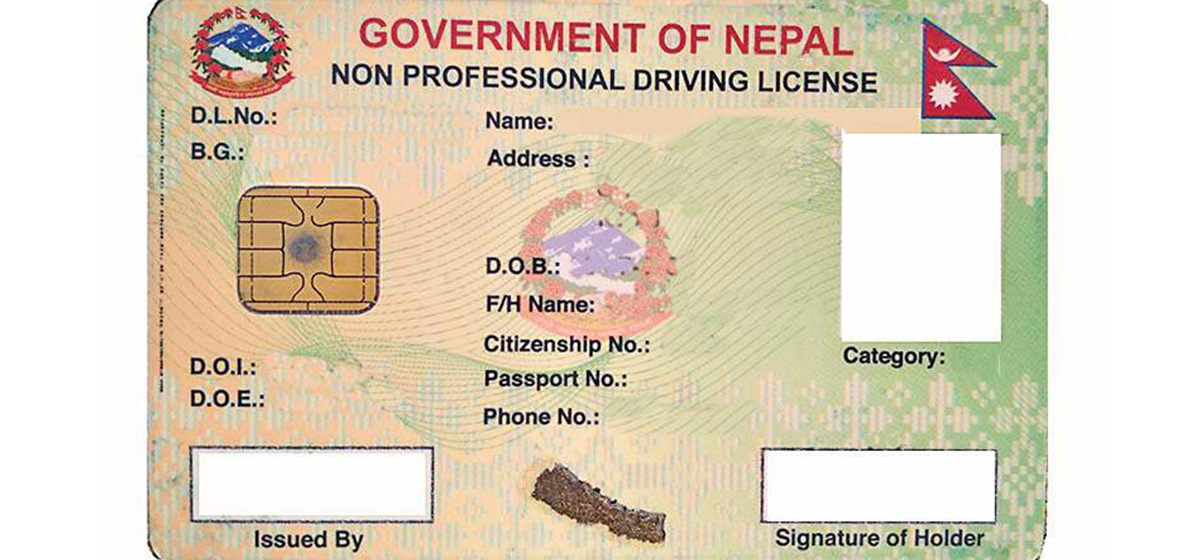
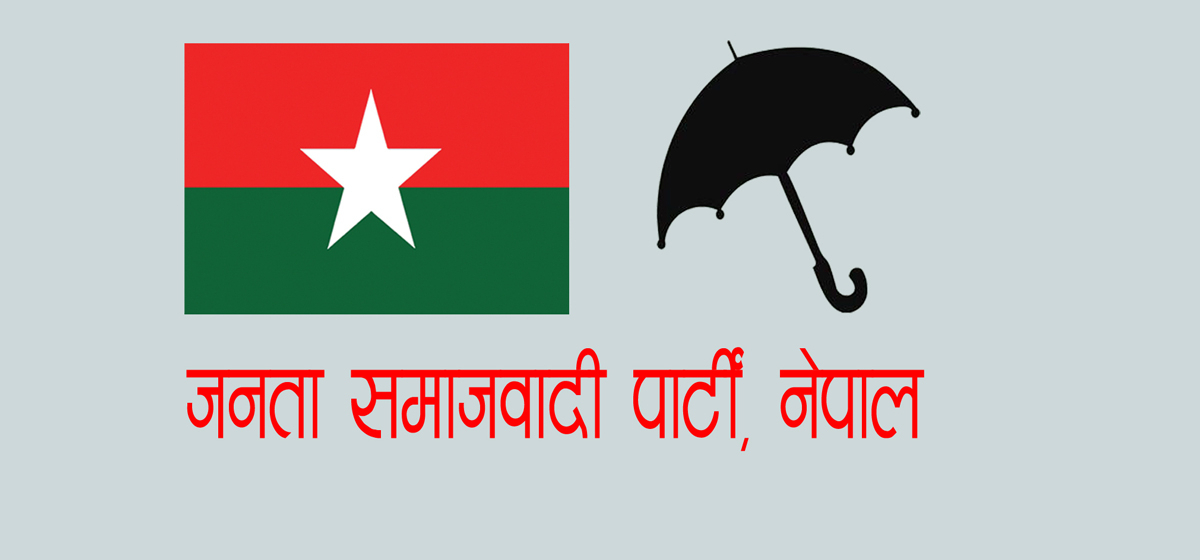

Leave A Comment